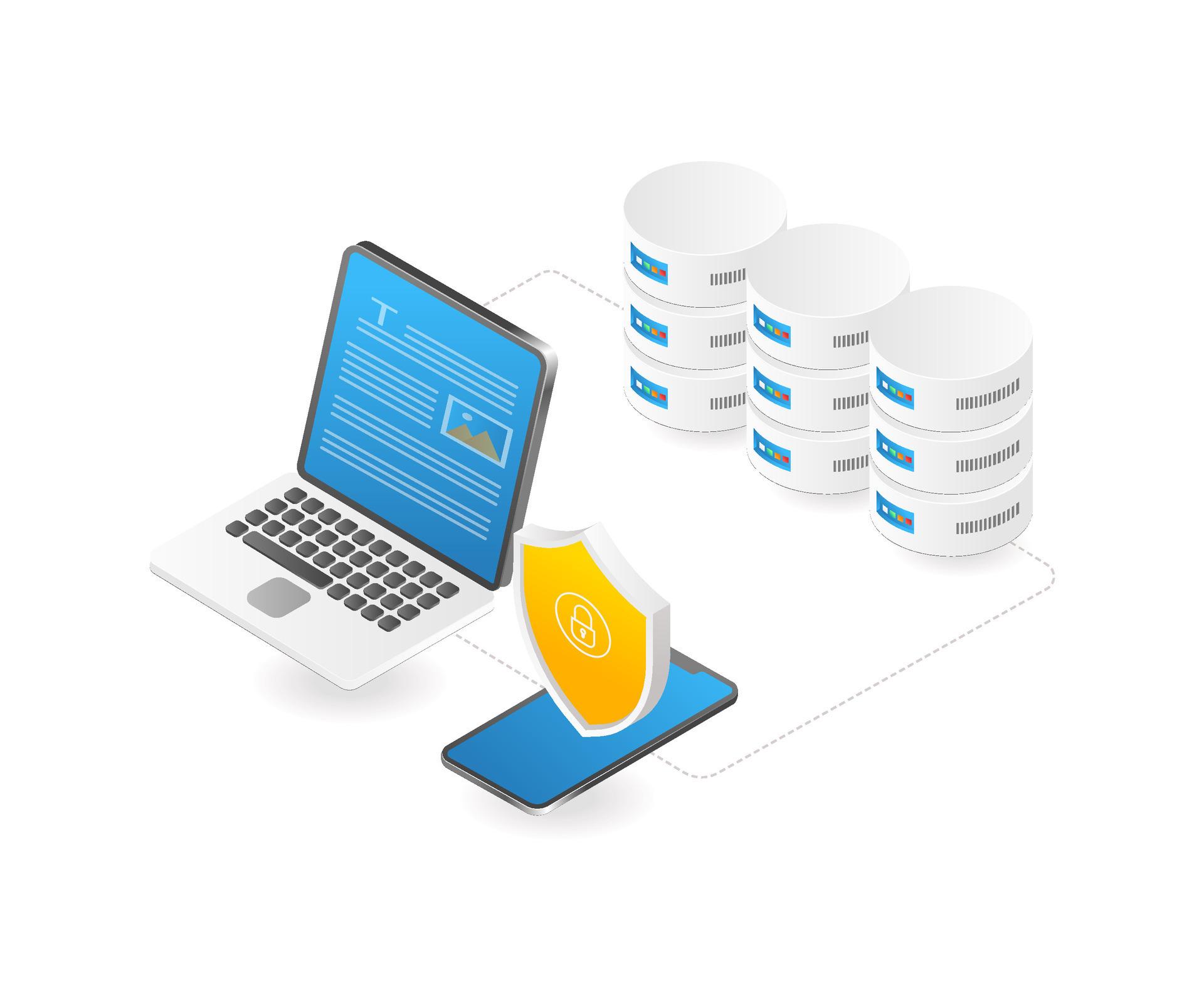10 Best Web Application Development Tools

What is Web Development?
Web development refers to the process of creating websites or web applications that are accessible via the internet or an intranet. It involves various tasks, including web design, web content development, client-side/server-side scripting, network security configuration, and more.
The goal of web development is to build a functional and visually appealing website or web application that serves a specific purpose, such as providing information, facilitating e-commerce transactions, offering services, or enabling communication.
Criteria for selecting a web development tool
When choosing web development tools for a project, several factors should be considered to ensure that the tools align with your project's needs, the team's capabilities, and the overall development goals. Here are some key aspects to consider:
1. Project Requirements
- Functionality: Ensure that the tool or framework can meet the specific functional requirements of your project, such as the need for real-time updates, data handling, user authentication, etc.
- Scalability: Consider whether the tool can scale along with your project's growth. Will it handle increased traffic, data, or additional features effectively?
2. Ease of Use and Learning Curve:
- Developer Experience: Consider the expertise and familiarity of your development team with the chosen tool. Opting for tools familiar to your team can boost productivity.
- Learning Curve: Evaluate how easy it is for your team to learn and adapt to the new tool. Some tools might have steeper learning curves, which could affect project timelines.
3. Community Support and Documentation:
- Active Community: A tool with an active community provides access to resources, forums, tutorials, and updates, making problem-solving easier.
- Documentation: Comprehensive and updated documentation is crucial for quick troubleshooting and understanding the tool's functionalities.
4. Performance and Speed
- Load Times: Tools and frameworks can impact the speed and performance of your application. Choose tools that help maintain optimal load times and overall performance.
5. Security Considerations:
- Security Features: Ensure that the tool or framework prioritizes security. Look for built-in security features or community support for implementing security best practices.
6. Compatibility and Integrations
- Browser Compatibility: Ensure that the tools you choose support compatibility with various browsers and devices.
- Third-Party Integrations: Consider whether the tools support integration with third-party services or APIs your project might need.
7. Support and Maintenance
- Long-Term Support: Check if the tool/framework receives regular updates and long-term support to ensure compatibility with future technologies and security patches.
- Vendor Lock-In: Be mindful of tools that might create vendor lock-in, restricting the flexibility to switch or modify tools in the future.
8. Cost and Licensing
- Cost Consideration: Evaluate the cost implications, including licensing fees, subscription costs, or additional expenses associated with the tool.
- Open Source vs. Proprietary: Decide between open-source tools (often free but might lack official support) and proprietary tools (with support but associated costs).
Top 5 Web Development Tools for Beginners
Visual Studio Code (VS Code)
Visual Studio Code, an open-source code editor compatible with Windows, Linux, and macOS, offers an array of in-built functionalities like syntax highlighting, auto-complete, and Git commands, aimed at enhancing coding efficiency and speed.
Key Features:
- Cross-Platform Support: Works on Windows, macOS, and Linux operating systems.
- Intuitive Interface: Provides a clean and customizable interface with features like IntelliSense for code completion and syntax highlighting.
- Extension Marketplace: Offers a vast library of extensions for added functionalities and language support.
- Built-in Git Integration: Includes integrated Git control for version management without leaving the editor.
GitHub
GitHub is a widely-used and highly regarded open-source, cloud-based Git repository hosting service that provides a web-based graphical interface. Founded in 2008, GitHub simplifies version control, collaboration, and project management for software development. It serves as a platform where developers can store, manage, and share their code, allowing for seamless collaboration within teams and the broader community.
Key Features:
- Version Control: Offers a platform for managing and tracking changes to code, enabling collaboration among developers.
- Project Management Tools: Provides issue tracking, project boards, and task management features for organizing workflows.
- GitHub Pages: Allows users to host static websites directly from their GitHub repositories for free.
Bootstrap
Bootstrap is a powerful and widely used front-end framework developed by Twitter. It's a comprehensive toolkit that enables developers to create responsive, mobile-first websites and web applications with ease. Released in 2011, Bootstrap has become immensely popular due to its simplicity, flexibility, and robust set of pre-styled components and utilities.
Key Features:
- Responsive Design Components: Offers pre-designed components and grid system for creating responsive layouts.
- Customization Options: Allows customization through variables, Sass files, and themes for personalized designs.
- Browser Compatibility: Ensures compatibility with various browsers, simplifying cross-browser development.
CodePen
CodePen is an online community and development environment that allows users to write and showcase HTML, CSS, and JavaScript code snippets in a browser-based interface. Founded in 2012, CodePen serves as a platform for developers, designers, and creators to experiment, collaborate, and share their web development projects with others.
Key Features:
- Live Preview: Provides a real-time preview of HTML, CSS, and JavaScript code changes.
- Collaboration and Sharing: Enables users to share code snippets, and projects, and explore a community of developers.
- Preprocessor Support: Supports preprocessors like Sass, Less, and TypeScript for enhanced coding capabilities.
Sublime Text
Sublime Text is a sophisticated and lightweight text editor used for writing code, markup, and prose. It’s known for its speed, versatility, and extensive customization options, making it a popular choice among developers, including web developers.
Key Features:
- Multiple Selections: Allows simultaneous editing of multiple lines or selections, enhancing productivity.
- Command Palette: Provides a quick way to access and execute various commands and operations.
- Extensibility: Supports a wide range of plugins for additional features and customization.
Top 5 Web Development Tools for Advanced Developers
Webpack
Webpack is a powerful and popular module bundler primarily used in modern web development workflows. It's designed to bundle JavaScript files, along with other assets like CSS, images, fonts, and more, into optimized bundles for deployment in web applications.
Key Features:
- Module Bundling: Allows bundling JavaScript modules along with their dependencies into static assets for deployment.
- Code Splitting: This enables splitting code into smaller chunks for optimized loading and performance.
- Extensive Configuration: Offers a highly customizable configuration to cater to diverse project needs.
- Hot Module Replacement (HMR): Facilitates real-time code updates in the browser without full-page reloads, speeding up the development process.
Docker
Docker is an open-source platform that simplifies the process of building, deploying, and managing applications within containers. Introduced in 2013, Docker has revolutionized software development by providing a standardized way to package applications and their dependencies into containers.
Key Features:
- Containerization: Enables developers to package applications and their dependencies into containers for consistent deployment across environments.
- Scalability: Allows for easy scaling of applications by replicating containers across multiple hosts.
- Microservices Management: Facilitates the development and deployment of microservices-based architectures.
- Simplified Deployment: Offers a standardized environment for deploying and running applications, reducing compatibility issues.
GraphQL
GraphQL is a query language for APIs and a runtime for executing those queries. Developed by Facebook and released in 2015, GraphQL offers a more efficient and flexible alternative to traditional REST APIs by providing a more precise way to query and manipulate data.
Key Features:
- Declarative Data Fetching: Allows clients to request only the data they need, reducing over-fetching and under-fetching.
- Strongly Typed Schema: Defines a strongly typed schema that serves as a contract between the client and server, ensuring predictable data responses.
- Real-time Capabilities: Supports real-time data with subscriptions, enabling live updates in response to data changes.
- Advanced Query Capabilities: Offers features like nested queries, aliases, and fragments for more complex data fetching.
Postman
Postman is a popular collaboration platform and API development tool that simplifies the process of designing, testing, and debugging APIs. Initially released in 2012, it has evolved into a comprehensive tool used by developers and teams worldwide for API development and testing.
Key Features:
- API Testing: Allows developers to create and execute automated tests for APIs with various request types and assertions.
- Collaboration and Sharing: Facilitates team collaboration by sharing collections, tests, and documentation within teams.
- Scripting and Automation: Provides scripting capabilities using JavaScript for advanced testing and workflow automation.
- Monitoring: Offers API monitoring tools to track performance, uptime, and response times.
Elasticsearch
Elasticsearch is a distributed, RESTful search and analytics engine designed for handling large volumes of diverse data. It's part of the Elastic Stack (formerly ELK Stack), along with Logstash and Kibana, and it's known for its speed, scalability, and powerful search capabilities.
Key Features:
- Full-Text Search: Provides highly scalable and efficient full-text search capabilities across large volumes of data.
- Real-Time Data Analysis: Allows indexing and querying of data in near real-time, enabling real-time analytics.
- Scalability and Clustering: Offers horizontal scalability by distributing data across multiple nodes in a cluster.
- Advanced Search Functionality: Supports complex queries, aggregations, and geospatial queries for comprehensive search and analysis.
Conclusion
Web application development is continuously evolving, and having the right set of tools is essential for developers to create scalable, efficient, and high-performance applications. By leveraging these best-in-class tools, developers can streamline their processes, improve productivity, and build modern web applications that meet the demands of today's dynamic digital landscape.


